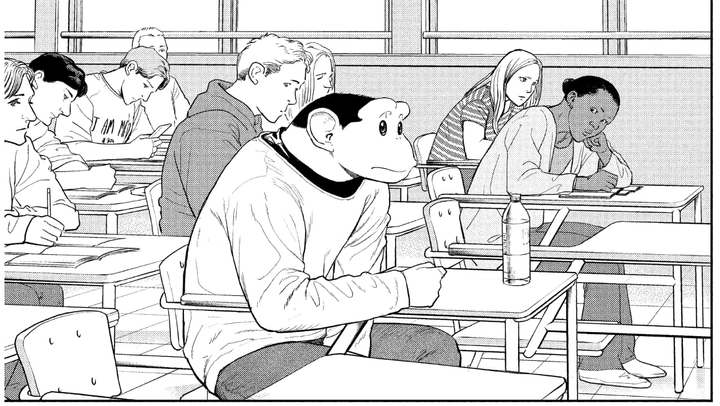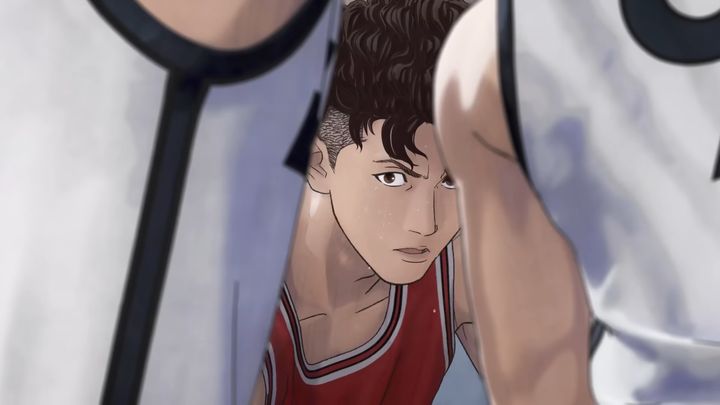Hikaru, Aono-kun and the Summer of Ghosts
Two romantic, funny and scary comics about teens and their monstrous feelings.
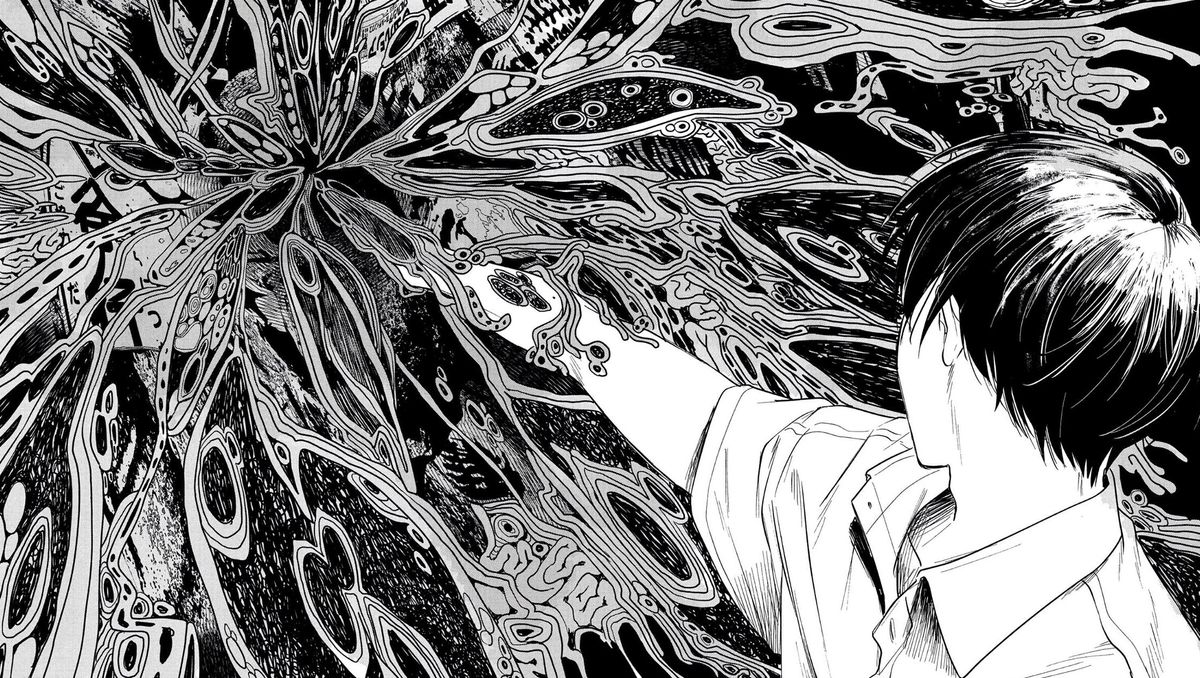
Welcome to this week’s installment of ANIWIRE! This week we’re talking about two horror romance comics, The Summer Hikaru Died and I Want to Hold Aono-kun So Badly I Could Die. Before that, though, here’s the news from the past week.
News
- A new trailer debuted for Kaiju No. 8, a Shonen Jump adaptation that combines the forces of Production IG (Heavenly Delusion) and Khara (the Rebuild of Evangelion films.) Looks good! Wish we knew who the staff was, though.
- Another trailer was released for the upcoming Mononoke film (starring the medicine seller from the 2007 anime series, not Studio Ghibli’s Princess Mononoke.) I loved the original show, and am a big fan of director Kenji Nakamura. But there’s already been some controversy behind the scenes…we’ll see what happens with this one.
- Drawn and Quarterly announced that they have licensed Second Hand Love, a new collection by Garo artist Yamada Murasaki (Talk to My Back).
- TokyoScope tracked down a lost animated short by the late, great Osamu Kobayashi titled “HYPERSONIC music club.”
- Luffy finally achieved his Gear 5 form in the One Piece anime, and the results are as bonkers as you’d hope.
Bookmarks
- Jared Jellson wrote at length about Fate/Stay Night writer Kinoko Nasu and the “shindenki” genre of supernatural fiction.
- We have a new interview with Kowloon Generic Romance artist Jun Mayuzuki, courtesy of William Moo at Anitrendz.
- Critics are raving about Shin Kamen Rider following its upload to Amazon Prime, including Hoi Tran Bui and the good folks at This Week in Anime.
- Kennedy revisited 2000s nostalgia bomb D.N.Angel for Anime News Network.
- Baxter wrote about the intriguing indie horror series Fake Documentary Q.
AMV of the Week
Here’s “The Forest” by MegaAMV.
The following piece will have spoilers for both The Summer Hikaru Died and I Want to Hold Aono-kun so Badly I Could Die.
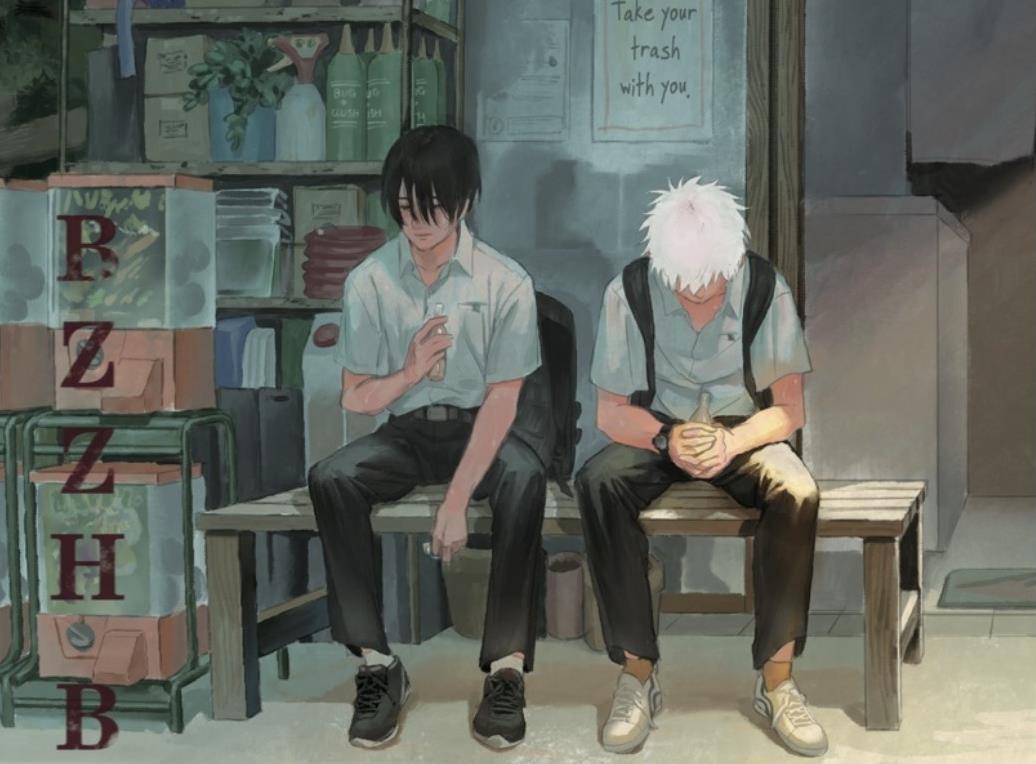
One summer day, Yoshiki asked his friend Hikaru a question while they sat outside the convenience store eating ice cream. You’ve been different ever since you came back from the mountain, he said. Are you the same Hikaru as before? Before his eyes, the face of “Hikaru” cracked open and slime oozed out. The real Hikaru was long gone. The mountain deity wearing his face inherited all his memories and feelings. “Please,” he said, as he held Yoshiki in his arms. “I don’t want to kill you…”
That’s the first chapter of The Summer Hikaru Died, a popular recent horror comic by young manga artist Mokumokuren. It would be an effective short horror story even if the twist was all there was to it. What gives the series legs is the drama baked into the premise. Yoshiki doesn’t choose to keep Hikaru’s secret out of fear. He keeps his secret because he’s been crushing on Hikaru for years, and he doesn’t want to lose him. The two of them become closer and finally start up a romantic relationship. Yoshiki can’t help but wonder, though, if his acceptance of the new Hikaru is a betrayal of his old friend. Did the original Hikaru ever love him as much as this new spirit wearing his shape?
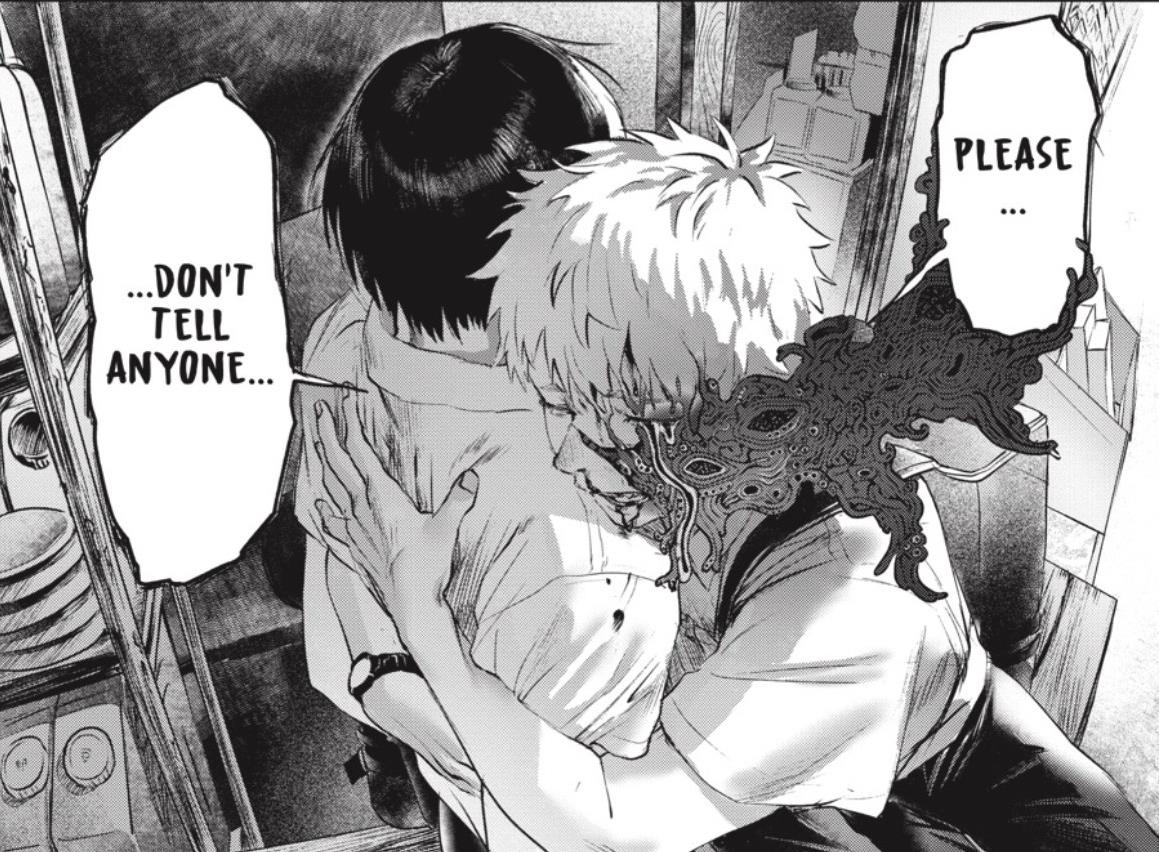
The entity wearing Hikaru’s shape is just as confused. Embodying Hikaru exposes him to new delights such as street food, ice cream and watermelon. He’s similarly intrigued by the attraction he feels towards Yoshiki, a world away from his previous existence as a single-minded mountain spirit. At the same time, Hikaru is also an eldritch creature that attracts ghosts, scares old women and could one day destroy the town (or the world?) He’s learning about those powers, and their related appetites, in real time, even as others insist they know what Hikaru is and what he represents.
The monster at the center of The Summer Hikaru Died is a big metaphor. Telling your crush that you like them is hard enough. Physical intimacy is something else entirely. When Hikaru asks Yoshiki not just to touch him, but to put his hand into a hole in his chest that leads into the cosmos, the reader understands why Yoshiki is scared but also why he does it anyway. Yoshiki wants to be closer to his boyfriend and so he forges ahead despite his reservations. Similarly, Hikaru feels good when Yoshiki puts his hand inside of him, but explodes into ectoplasmic goo when he realizes Yoshiki is scared. The two of them share the same fear of rejection even though one is a human and the other a monstrous spirit.
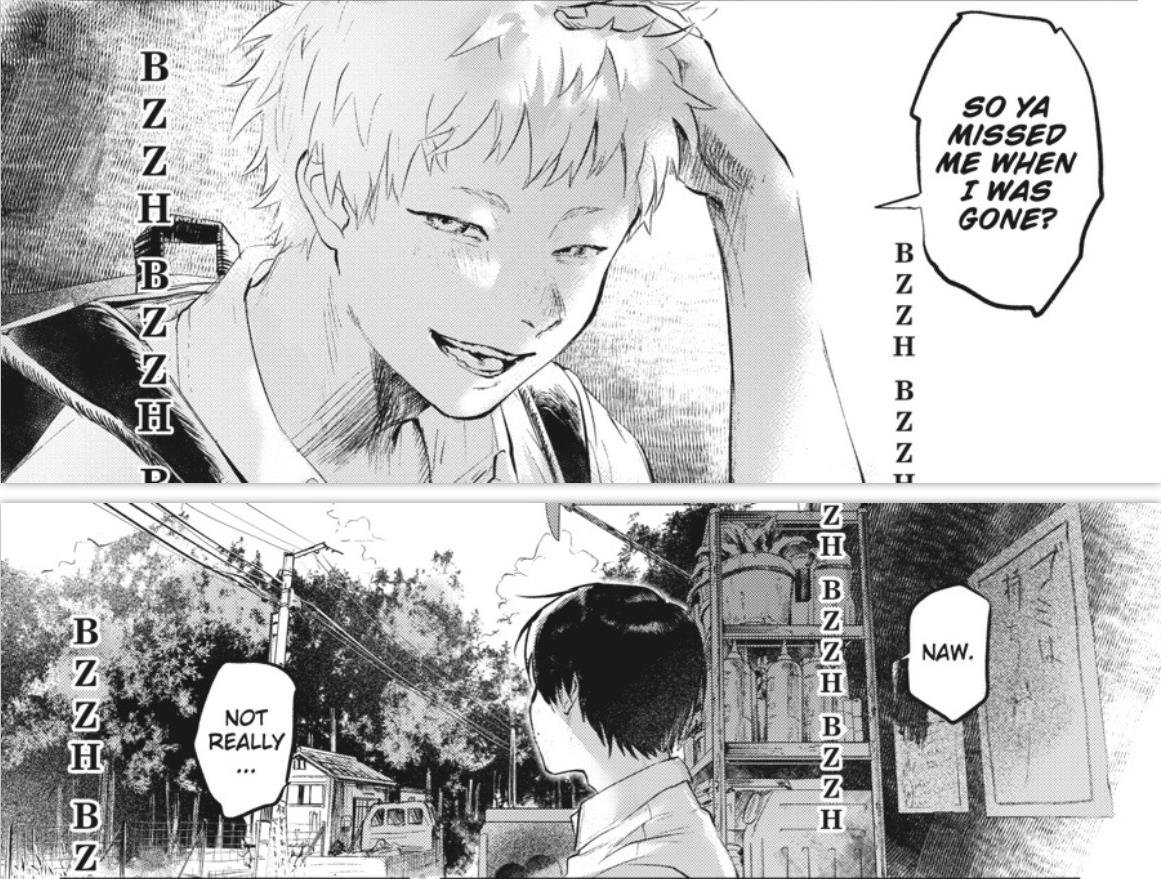
The Summer Hikaru Died has earned rave reviews from the likes of Caitlin Moore and Deb Aoki. My heart, though, had already been stolen years ago by another horror romance: I Want to Hold Aono-kun so Badly I Could Die. Like Hikaru, Aono-kun begins with a shocking twist. Yuri Kariya confesses to her classmate Ryuhei Aono, but Aono dies in a car accident soon after. Just as Yuri is about to kill herself in despair, Aono appears once more as a ghost. The two of them start up their relationship once more. So begins an off-kilter romantic comedy about a teenage girl making her way through high school with the support of her ghost boyfriend.
But is that really what is going on? The first chapter ends with the unsettling revelation that Aono can “possess” Yuri’s body. Rather than cut ties with Aono, Yuri reaffirms her commitment. “If I can stay by Aono-kun’s side,” she says, “I don’t need anything else.” As time passes, though, the reader learns that Aono isn’t the benevolent spirit Yuri thinks he is. He can’t enter other people’s houses without their permission. He begins occupying other people’s bodies without asking them first, and demanding that Yuri submit to him. Yuri's physical body begins to change as she opens herself to Aono’s influence. In the third volume of the series, she finally realizes with the help of her friends that her life has transformed from a romantic comedy into a folk horror story.
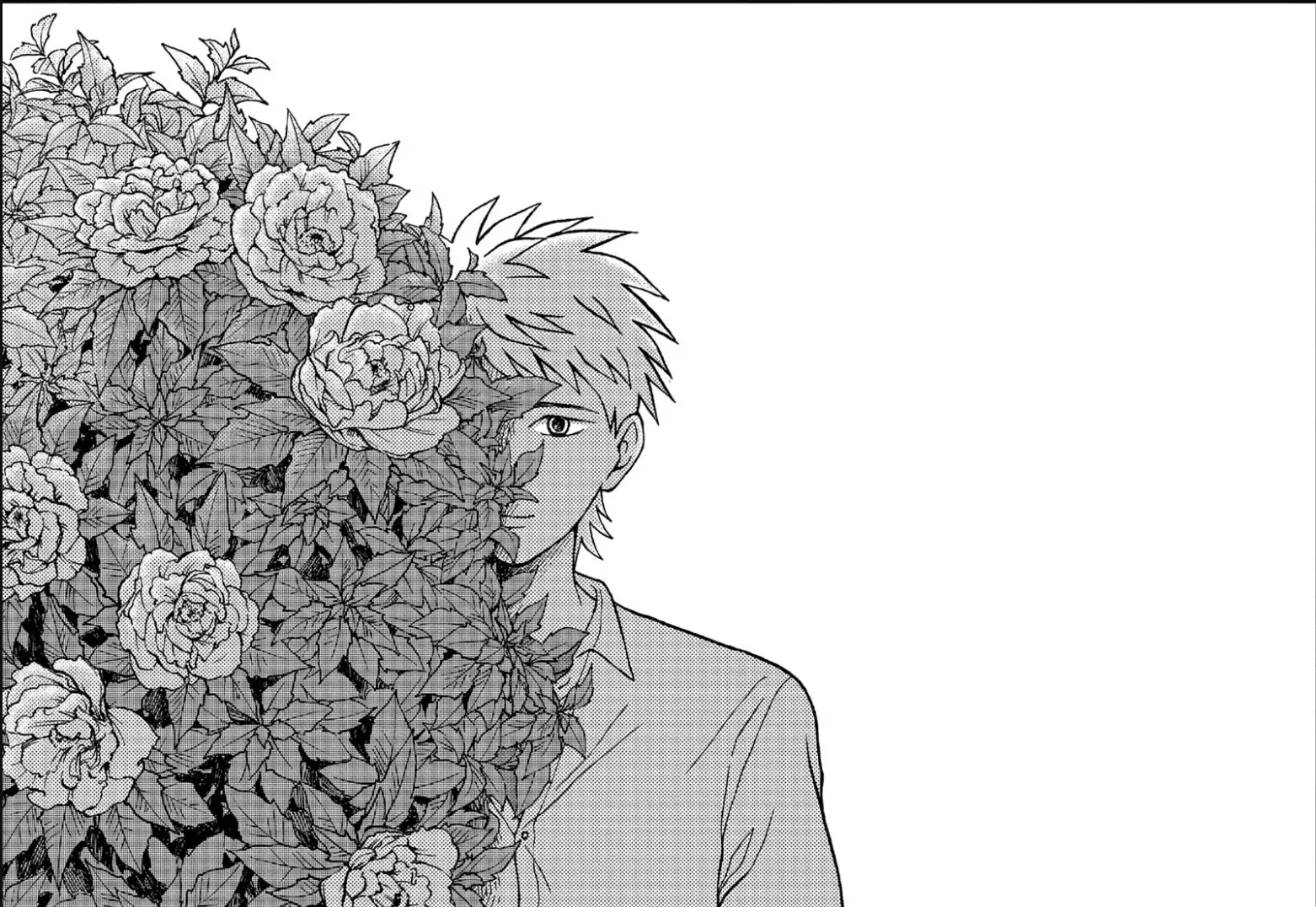
Piecing together the mystery of what Aono is and what he wants is part of what makes Aono-kun so fun to read. Yuri and her friends know that there are rules governing Aono’s behavior, but they don't know what they are. As they connect the dots between his past actions and build a map of his triggers, the scope of their adventures expands to encompass the supernatural workings of their hometown. The characters change to match. We learn that the “real” Aono, who lives alongside the monster wearing his shape, is confused and heartbroken rather than villainous. Meanwhile, Yuri quickly matures into a young woman brave enough to change the world around her rather than just being changed herself.
Aono-kun has now been running for ten volumes. The Summer Hikaru Died is currently three volumes long, with just the first volume available in the United States. Time will tell whether the plot of Hikaru will become as complicated as in Aono-kun, or if it will keep its scope small to match its teenage leads. The first volume of Hikaru, though, lays out a theme that should be familiar to any reader of Aono-kun. Yoshiki meets with a psychic at a cafe, who claims to know the truth behind the town’s recent supernatural activity. She tells Yoshiki that his feelings for Hikaru are keeping him bound to earth and will inevitably lead to tragedy. The only way to resolve the problem is for Yoshiki to let Hikaru go.

Forsaking your dead friend isn’t easy, though. Yuri loves Aono too much to give up on him. Yoshiki keeps coming back to Hikaru despite his fears. With every visit he entangles himself in a slow-building supernatural disaster. This type of behavior frustrates horror movie fans to no end. “Why enter the dark room and expose yourself to the killer?” they ask. “Why not just walk out the door and go home?” That might be the rational thing to do, but Yoshiki is a person, not an armchair critic. As Yuri’s friend Mio says in the pages of Aono-kun, “the girl keeps breaking taboos! That’s what makes it a horror movie!” Without love, Hikaru and Aono-kun wouldn’t exist. There would be no story.
There’s two artists I can’t help but think of when I consider The Summer Hikaru Died and Aono-kun. The first is Tatsuki Fujimoto of Chainsaw Man fame. Not only did he recommend Aono-kun in the past, but his one-shot Goodbye Eri lost to The Summer Hikaru Died in the famous Kono Manga ga Sugoi! rankings. Fujimoto’s preoccupation with awkward, negative adolescent emotions are shared by both Hikaru and Aono-kun, as well as (within the realm of horror) his trashy B-movie inclinations.
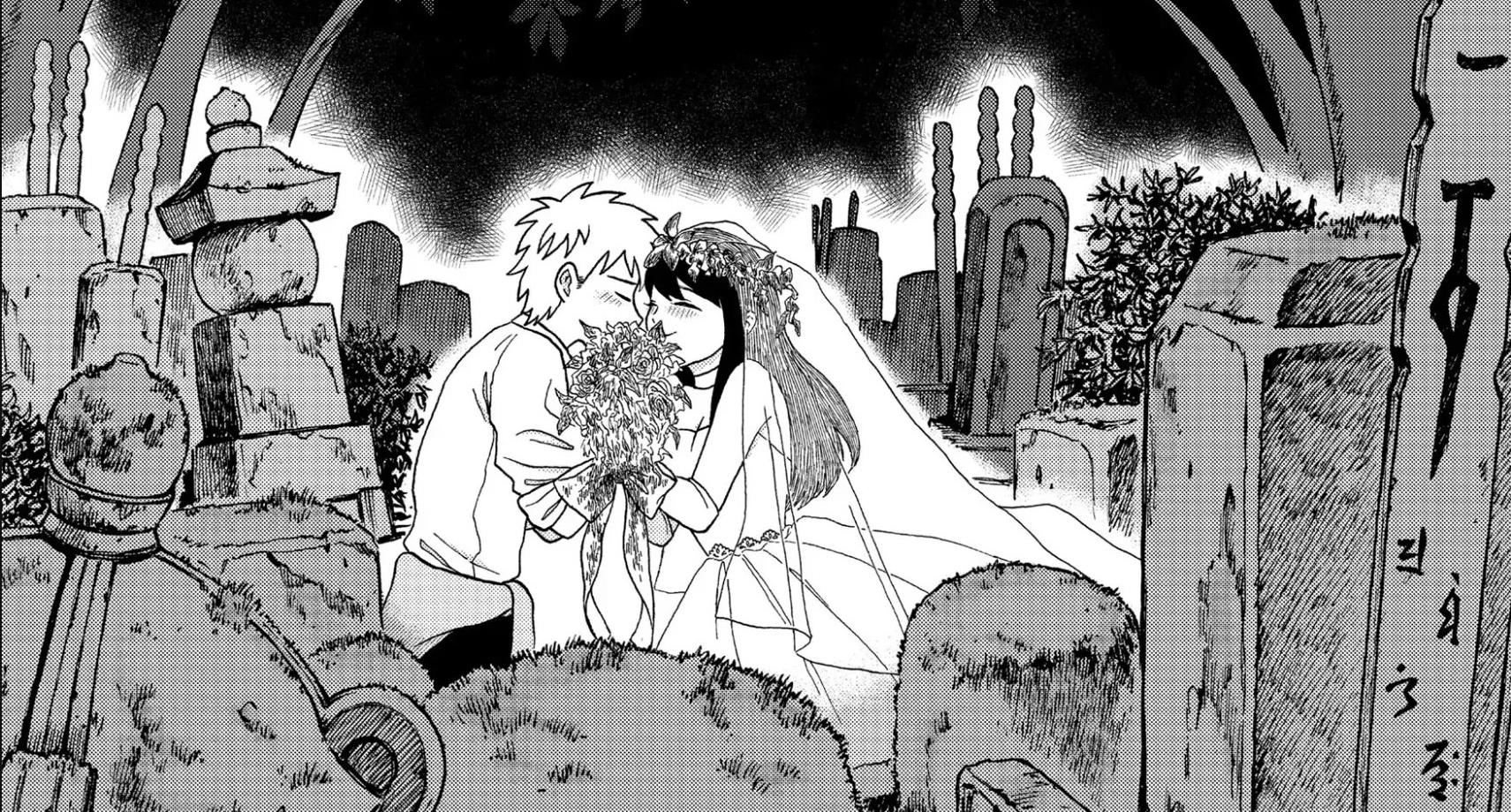
The other artist is Shuzo Oshimi, artist of twisted teenage manga classics like Flowers of Evil and Blood on the Tracks. Aono-kun’s art has yet to reach Oshimi’s level, and Hikaru so far lacks the confidence that distinguishes Blood on the Tracks. But these three artists do their best work in the No Man’s Land between comedy and horror. Is it funny when Yoshiki puts his hand inside Hikaru and splits his friend’s body open? Is it scary when Aono fuses his body with a pillow and asks Yuri to hug him? Who can say. Laughter and fear aren’t so different at the root.
Popular manga in the United States has long been defined by a) Shonen Jump action series, and b) Junji Ito. Weird slipstream comics like The Summer Hikaru Died and Aono-kun, popular as they might be elsewhere, don’t yet have a place within that consensus. There’s no better time to try and change that, though. The heat remains stifling. Storms shake the trees outside as I write. This is the summer of ghosts.
